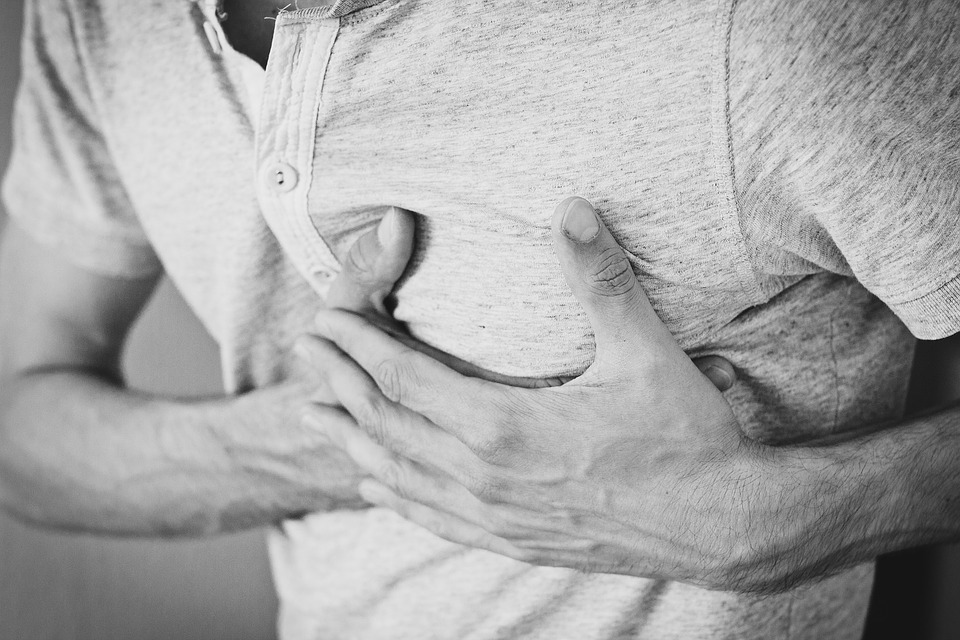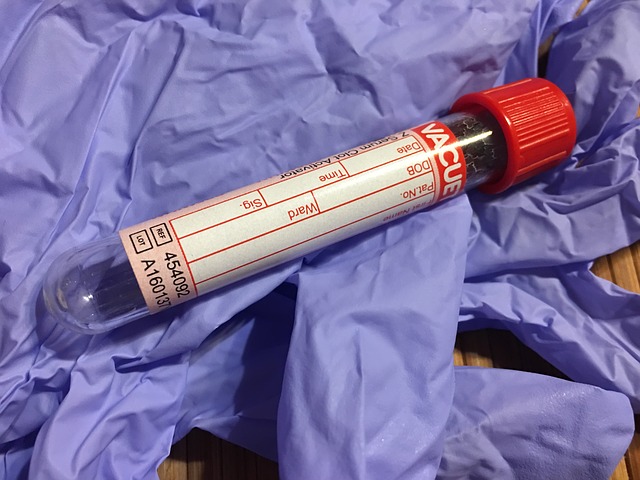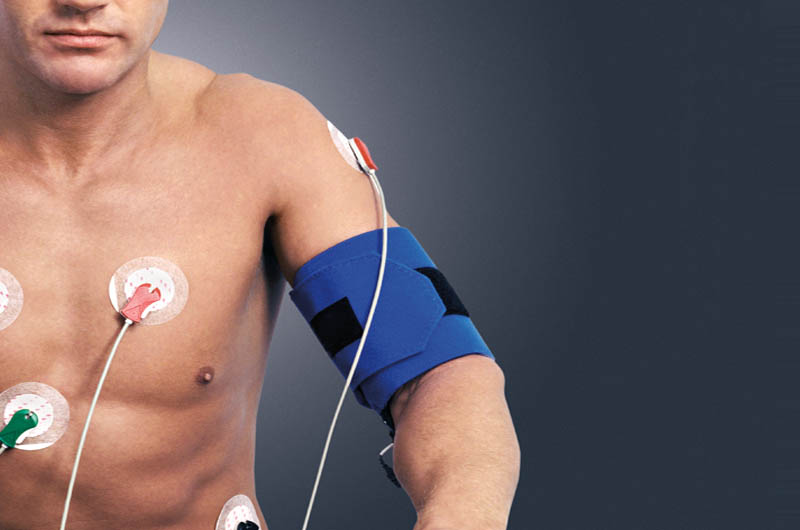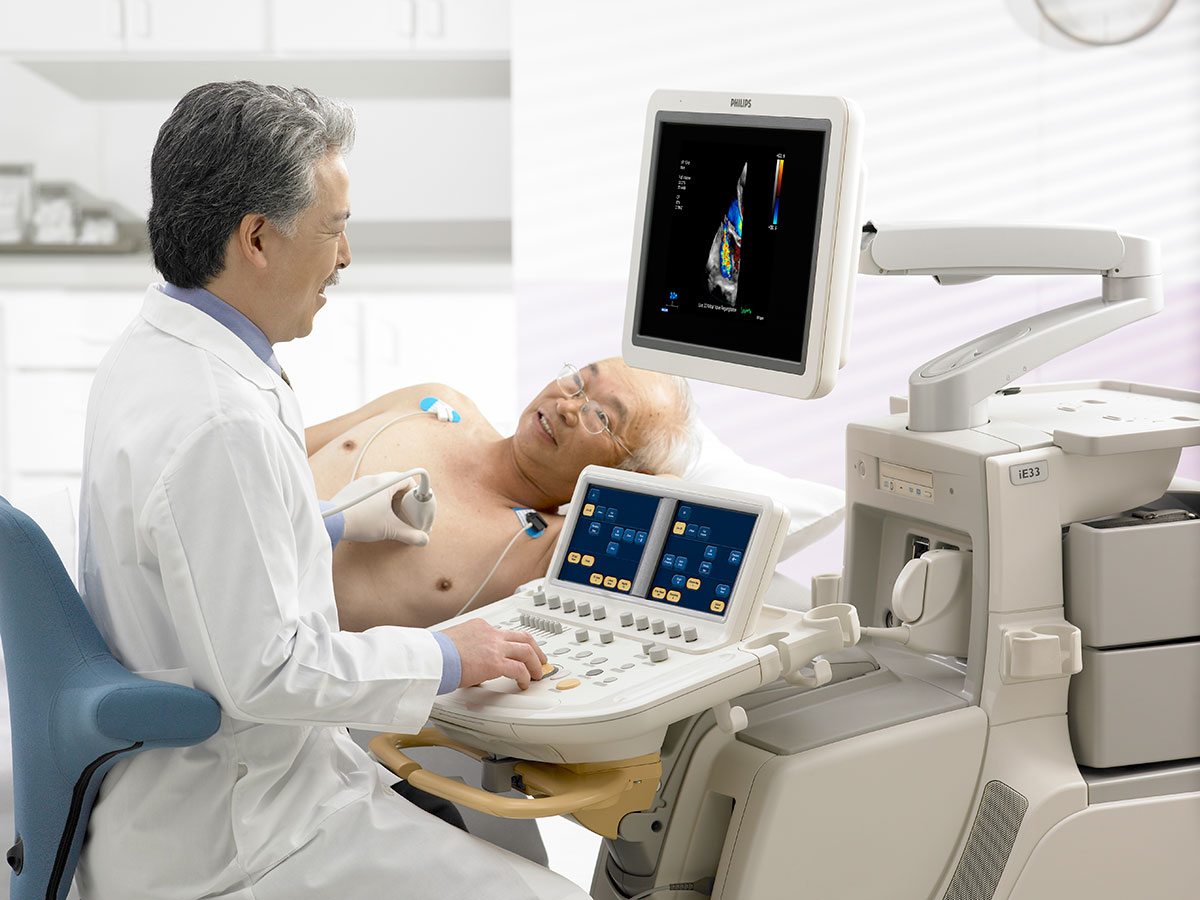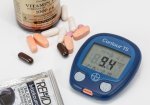Top Symptoms of Coronary Heart Disease that You Need to Know
Having some knowledge about the symptoms of coronary heart disease is wise if it is to be believed that coronary heart disease is the most common type of heart disease around.
The Washington based American College of Cardiology put out some statistics showing that in 2008 heart disease caused over half a million deaths in the United States. Coronary heart disease (CHD) had the largest share among these deaths. Annually, CHD maintains a death rate of nearly 400 000 people.
Coronary heart disease is a cardiovascular problem that typically develops over decades in time. The main reason behind it are diseased or damaged arteries.
Arterial damage may come from hypertension complications but the leading and well known cause of CHD is arterial blockage due to plaque build-up in the inner walls of the arteries. This is also known as atherosclerosis. The plaque is really fatty deposits and cholesterol closely linked to one's nutrition, for better or for worse.
Since this article is about symptoms of coronary heart disease, we will restrain from dwelling much on the causes of this cardiovascular disease and straightaway dive into its known top symptoms as follows;
Symptoms of Coronary Heart Disease: Angina
 Angina related pain may also show up in other areas of the body such as in the jaw, shoulders and the back.
Angina related pain may also show up in other areas of the body such as in the jaw, shoulders and the back.Described as chest pain or discomfort, angina is among the top symptoms of coronary heart disease. The chest pain or discomfort emanates from an area of your heart's muscle that would have failed to receive enough oxygen-rich blood due to atherosclerosis.
Generally, angina feels like squeezing or pressure is being exerted in your chest. Angina's pain sometimes manifest following some stress or aerobic activity and disappears with some rest.
While focus is on the chest, angina related pain may also show up in other areas of the body such as in the jaw, shoulders, in the back, on the arms, and even on the neck.
What causes this pain can be logically understood this way. Stress and physical activity causes an increased demand for oxygen-rich blood which plaque narrowed or blocked arteries cannot deliver. This results in pain. Once this increased demand for blood disappears due to some rest or getting rid of stress, the pain also disappears.
Having said this, there is also what is refereed to as silent ischemia. Silent ischemia is when blood rich in oxygen is restricted from flowing to organs and this happens without any pain. This lack of pain ensures that the problem is not easily identified or diagnosed. Individuals with angina may also have silent ischemia. The critical concern here is that silent ischemia can lead to heart attack without warning.
In deeper cardiovascular science, there are a variety of angina ranging from what cardiologists call microvascular angina, variant angina, stable angina (angina pectoris), unstable angina as well as Prinzmetal's angina. Which angina symptoms present will also depend on which type of angina a person has.
Angina: Women vs Men
While in many cases when discussing symptoms of coronary heart disease, angina is generalized as if it is the same between men and women, apparently there is some difference.
The American Heart Association notes that in men, angina is triggered by the blockage of the coronary arteries which is also known as obstructive coronary artery disease (CAD).
In women, angina is triggered from within very small arteries that branch out from the coronary arteries. This is known as microvascular disease (MVD) which has been associated mostly with younger women. So in women angina could manifest as nausea, vomiting, abdominal pain or sharp chest pain.
Yet another leading symptom of coronary heart disease involves breathing...
Shortness of Breath
Image Credit: Heartandstroke.ca
Shortness of breath also known as dyspnea is another important symptom of coronary heart disease. In fact, shortness of breath is identified as a serious "predictor of death from cardiac causes, as well as death from any cause". This is according to a study published in a 2005 November 3 issue of the New England Journal of Medicine.
In coronary heart disease, shortness of breath is associated with a failing heart. The logic is that heart failure follows inability of the heart to pump enough blood to address the body's requirements. The consequence is that fluid accumulates in the lungs making it difficult to breathe.
According to researchers of the New England Journal of Medicine study, in people who have cardiac risk factors and those without lung disease, shortness of breath "may be the only sign of the presence of serious coronary artery disease".
Overall, how severe shortness of breath becomes, as are certain other symptoms of coronary heart disease, is dependent on the continued narrowing of the arteries due to plaque build-up. In this regard, lifestyle modifications such as weight loss become critical in slowing down or reversing the progression of atherosclerosis

Arrhythmia as a Symptom of Coronary Heart Disease
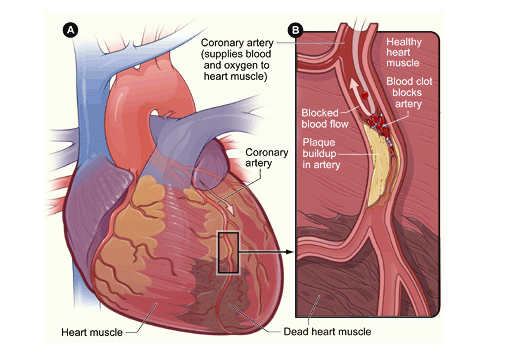 Simplified, arrhythmia is an improper beating of the heart which could be too fast or too slow. It is caused, among other things, by coronary heart disease (B)
Simplified, arrhythmia is an improper beating of the heart which could be too fast or too slow. It is caused, among other things, by coronary heart disease (B)Image Credit: NHLBI
A report published in the journal Cardiac Electrophysiology Clinics defines cardiac arrhythmia as "a variation from the normal heart rate and/or rhythm that is not physiologically justified". Simplified, arrhythmia is an improper beating of the heart which could be too fast or too slow.
Arrhythmia typically feels like a fluttering feeling in the chest which can also be understood as palpitations. Keep in mind that arrhythmia can also occur in healthy normal individuals.
All things considered, different things can cause arrhythmia and coronary heart disease is one of them. There are more than a dozen types of arrhythmia which include ventricular fibrillation, atrial flutter and paroxysmal supraventricular tachycardia (PSVT) among other types. Some arrhythmias can result in sudden death as a result of sudden cardiac arrest.
We have written here on the causes and treatment of arrhythmia when we considered the full list of cardiovascular diseases and conditions.
Fatigue as a Symptom of Coronary Heart Disease
 The logic explaining the tiredness behind coronary heart disease is that the heart struggles to get oxygen-rich blood to body tissues.
The logic explaining the tiredness behind coronary heart disease is that the heart struggles to get oxygen-rich blood to body tissues.Fatigue or exhaustion is another symptom associated with coronary hear disease. A 2014 study published in the journal Nursing Research established that 40% of patients with CHD complained of exhaustion no less than 3 days a week. The exhaustion lasted more than half a day.
Typically, a fatigued individual with CHD struggles to execute everyday tasks such as walking, going up the stairs, carrying groceries and even shopping. The logic explaining the tiredness behind coronary heart disease is that the heart struggles to get oxygen-rich blood to body tissues.
According to the American Heart Association "the body diverts blood away from less vital organs, particularly muscles in the limbs, and sends it to the heart and brain". This is what also leads to the feeling of exhaustion.
Heart Failure
Among the top symptoms of coronary heart disease is heart failure. Get it right the first time, although a serious condition, heart failure (HF) does not entail that your heart has stopped working or is about to stop working. There is a bit of misunderstanding on this in the public domain.
Even though the complications of heart failure can be death, HF of itself involves the impairment of one or both heart ventricles to fill with or eject blood. Fatigue is an important sign associated with a failing heart.
Specific failures of the heart produce specific known symptoms. For example, fluid build-up in the feet, ankles, liver, the neck, legs and abdomen is associated with a failure of the right side of the heart. Shortness of breath and fatigue or exhaustion can be due to right and left side heart failure.
The causes of heart failure are many, however, in 2011 a report published in the journal Vascular Health and Risk Management (2011; 7: 237–254) pointed out that in roughly 70% of the cases, coronary heart disease is the reason behind heart failure. Other causes include high blood pressure and diabetes.
Short of any treatment intervention which often includes drugs and lifestyle and nutritional modifications, heart failure will result in the heart growing weaker and weaker.
Statistically in the United States, as many as 5.7 million adults and children suffer from heart failure. Treatment usually helps patients enjoy longer and active lives.
Heart Attack as a Sign of Coronary Heart Disease
Another potentially fatal symptom of coronary heart disease is heart attack. This is also known as myocardial infarction.
Considering that coronary heart disease is essentially a gradual blockage of arteries, a heart attack can be expected to follow should the plaque infested narrowing artery reaches a stage of completely blocking out the flow of oxygen-rich blood to a section of the heart.
The section of the heart muscle deprived of oxygen dies and is replaced by scared tissue which may itself be a source of serious life time problems.
In the same fashion as angina, a heart attack may cause similar chest pain and chest discomfort as occurs as a result of angina which we have talked about earlier. What more, it may also be a feeling of ingestion or heart burn.
Due to this potential confusion of the source of the pain i.e angina vs heart attack it is highly recommended to immediately visit the emergency room particularly when the pain does not go away even when resting or if it does not follow its usual pattern.
Coronary Heart Disease Diagnosis Methods
As we conclude on the symptoms of coronary heart disease, we also give an overview of currently available methods used by physicians to reach a diagnosis of CHD.
This is an important consideration because once symptoms have been identified, the next step is to get a diagnosis before treatment commences. Diagnosis informs the treatment method and how soon it must take place:-
Blood tests
Blood tests on their own may not be conclusive in their diagnosis of coronary heart disease. However, certain content of the blood correlates with heart disease.
During a blood test for coronary heart disease, physicians are interested in white blood cell counts, cholesterol, C–reactive protein, and homocysteine concentrations. These are linked to the formation of plaque which itself is at the center of atherosclerosis.
Stress testing
Since coronary heart disease essentially prevents sections of your heart from getting adequate oxygen rich blood, physicians deliberately induce increased heart rate to determine how hard your heart works and how fast it beats under stress.
Increased heart rate during a stress test can be achieved through deliberate aerobic exercise or for those individuals unable to be active through medicine induced increased heart rate.
The reasoning informing this stress test is that plaque infested arteries are unable to supply adequate oxygen as required during increased heart rate. Possible signs and symptoms of coronary heart disease that may follow the test include shortness of breath, chest pain and abnormal changes in heart rhythm.
Again, the stress test is not the be-all and end-all. It also takes into account that other health problems may result in associated signs and symptoms including lung disease and general lack of fitness.
Electrocardiogram
Also known in short as EKG, electrocardiogram is a coronary heart disease diagnosis approach that listens to and records electrical activity in your heart.
Through its ability to listen to the heart's electrical activity, an EKG is able to determine if the heart's rhythm is steady or irregular.
In addition, an EKG is capable of determining the strength and timing of the electrical signals which is useful in establishing the condition of the heart. Damage caused by coronary heart disease and heart attack in the past or current can also be picked up by an EKG
Echocardiography
Echocardiography also known simply as echo is a medical technology that uses sound waves to tell status of blood floor to the heart. An echo can detect a section of your heart with poor blood flow and impaired heart muscle.
In addition, echo is capable of mapping the size and shape of your heart further showing which of your heart's chambers and valves are working or not working.
A combination of these battery of tests together with known symptoms of coronary heart disease help physicians arrive at an accurate diagnosis of CHD. Other methods employed in CHD diagnosis include chest x ray, coronary angiography and cardiac catheterization
[Last updated: 11 December 2017]
|
Home > Symptoms of Coronary Heart Disease |
Cardio Definition > Symptoms of Coronary Heart Disease |
Disclaimer
Information contained on this website is not meant to replace your doctor's advice.
(c) All Rights Reserved. 2010-2018
